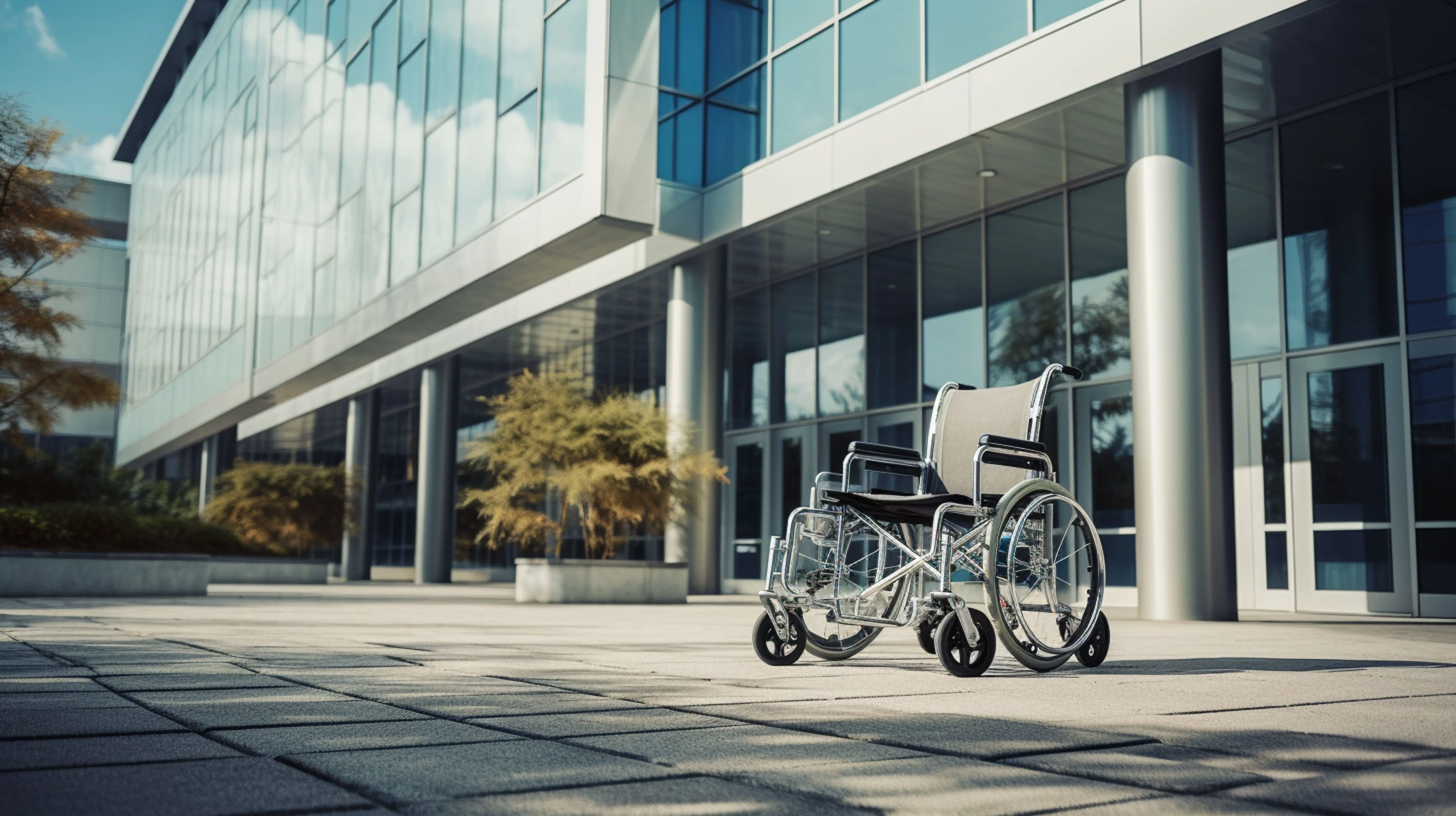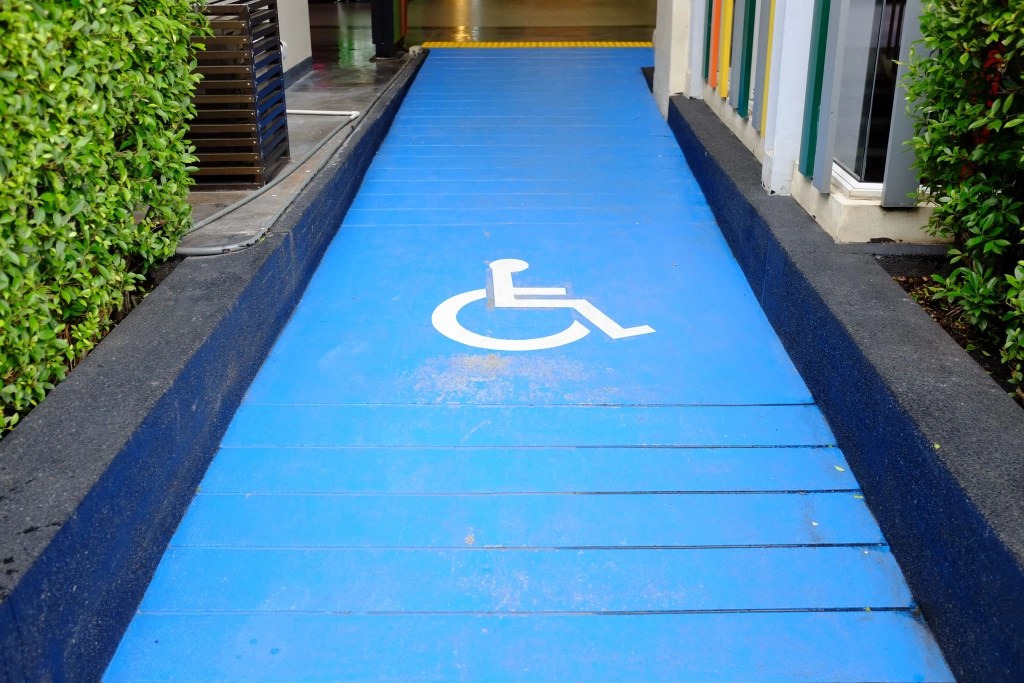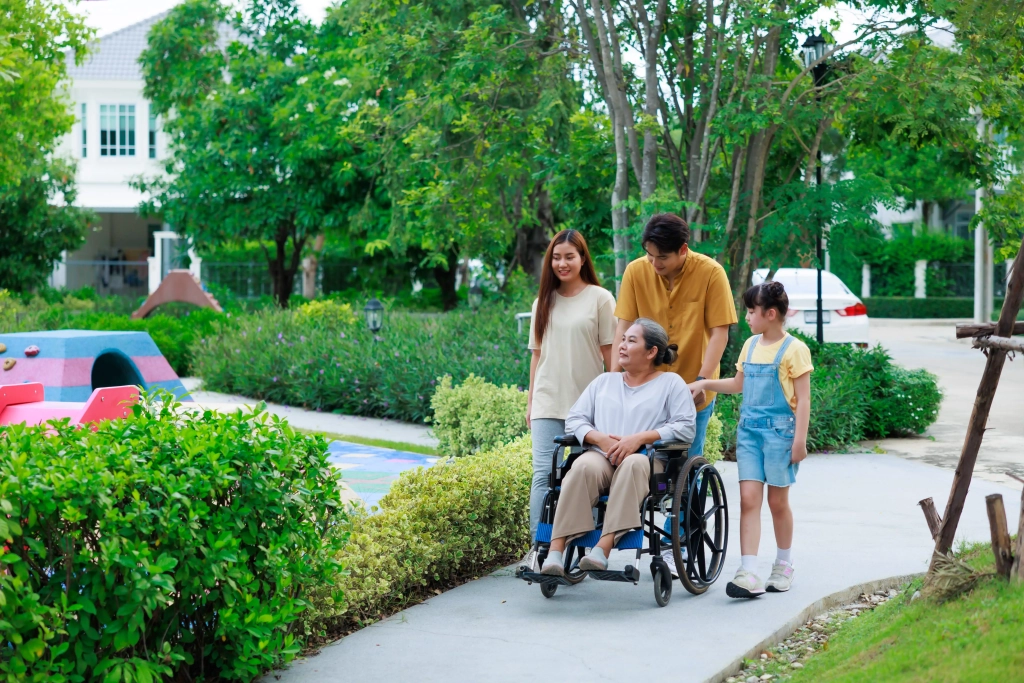Considering Accessibility in Philippine Property Development

Understanding the critical role of accessibility in property development, especially in a rapidly developing nation like the Philippines, offers unique insights into the progressive shift in urban planning. As the world moves towards inclusivity and equal opportunities for all, the concept of accessibility in property development is gaining substantial momentum.
But what does this mean for the Philippines, and how are these dynamics influencing Philippine property development?
RELATED: 5 Reasons Why Agri-Tourism Estates are Skyrocketing in the Philippines

The Concept of Accessibility in Property Development
Understanding Accessibility
Accessibility in property development refers to the design of products, devices, services, or environments to make them accessible to people with disabilities. It’s about creating an environment that includes and values all people, regardless of their physical or cognitive abilities.
The Importance of Accessibility
Making properties accessible ensures that all individuals, irrespective of their physical limitations, can participate in society. Accessibility benefits not just those with disabilities but also the elderly, pregnant women, and families with young children. It truly encapsulates the concept of ‘design for all’.
Accessibility in the Global Context
Globally, accessibility is no longer a matter of preference but a necessity. Many countries have established strict laws to ensure that buildings and infrastructures are accessible to all. It is a fundamental human right, recognized in the United Nations Convention on the Rights of Persons with Disabilities (UNCRPD).
Accessibility in Philippine Property Development
Historical Perspective
Historically, Philippine property development was centered around economic growth, with little regard for accessibility. However, as the country has urbanized and evolved, the perspective has changed. The Philippines has seen an increasing shift towards the inclusion of accessibility measures in its property development strategies.
The Current State of Accessibility in the Philippines
Today, accessibility in Philippine property development is slowly but surely improving. Government efforts are being matched with private sector initiatives, with accessibility measures incorporated into new buildings, public spaces, and transportation systems. However, much still needs to be done to ensure total inclusivity.
Manila’s Transition towards Greater Accessibility
Manila, the capital city of the Philippines, is a testament to the country’s striving for better accessibility. From ramps in public spaces to Braille signage in buildings, the city is making conscious efforts to be more inclusive. Yet, the journey toward full accessibility is still ongoing.
Legal Frameworks Supporting Accessibility
The Magna Carta for Disabled Persons
The Magna Carta for Disabled Persons, enacted in 1992, is a landmark legislation that upholds the rights of disabled individuals in the Philippines. It has provisions for accessibility, mandating that public spaces and establishments should be accessible to individuals with disabilities.
The Accessibility Law: Republic Act No. 7277
Republic Act No. 7277, also known as the Accessibility Law, further expands on the rights of people with disabilities. It includes detailed provisions for making public utilities and establishments accessible to individuals with disabilities.

Batas Pambansa Blg. 344: An Act to Enhance Mobility
Also known as the Accessibility Law, Batas Pambansa Blg. 344 stipulates specific measures to enhance the mobility of disabled persons. It requires state and private establishments to install facilities that would improve accessibility.
Challenges in Implementing Accessibility
Financial Constraints
Despite the government’s efforts, the implementation of accessibility measures often comes with hefty price tags. Therefore, financing remains a significant challenge in making properties more accessible in the Philippines.
Logistical and Technical Challenges
Implementing accessibility features in existing infrastructure is a complex process. Logistical challenges, such as lack of space, can hinder the installation of ramps or lifts. On the other hand, technical aspects like understanding the specific needs of different disabilities can also be challenging.
Sociocultural Perceptions and Misconceptions
Unfortunately, societal perceptions and misconceptions about disabilities often impede progress toward making properties more accessible. It’s essential to raise awareness and change attitudes to support accessibility fully.
The Future of Accessibility in Philippine Property Development
Ongoing Projects and Future Plans
With an increasing recognition of the importance of accessibility, several exciting projects are underway in the Philippines. These projects aim to design inclusive spaces that cater to all individuals, regardless of their physical abilities.
The Role of Technology in Enhancing Accessibility
Technology holds immense potential in enhancing accessibility. From AI-powered apps that can guide visually impaired people to innovative architectural solutions that make buildings more accessible, technology will be instrumental in shaping the future of accessibility in Philippine property development.
Accessible Property Development: A Vision for Inclusive Growth
Inclusive growth is at the core of the Philippine Development Plan (PDP) 2017-2022. By considering accessibility in property development, the Philippines can work towards a more inclusive society where everyone can thrive.
Considering accessibility in Philippine property development is an essential step towards a more inclusive and equitable society. While the journey toward achieving full accessibility has its challenges, the country’s dedicated efforts and the power of technology provide a hopeful outlook for the future.
Frequently Asked Questions
What is Accessibility in Property Development?
Accessibility in property development refers to the designing of environments to make them accessible to people with disabilities. It’s about creating an environment that includes and values all people.
Why is Accessibility important in Property Development?
Accessibility ensures that all individuals can participate in society, regardless of their physical limitations. It benefits not just those with disabilities but also the elderly, pregnant women, and families with young children.
What laws support Accessibility in Philippine Property Development?
The Philippines has several laws to support accessibility, such as the Magna Carta for Disabled Persons, Batas Pambansa Blg. 344, and the Accessibility Law: Republic Act No. 7277.
What are the challenges to implementing Accessibility in the Philippines?
The challenges include financial constraints, logistical and technical hurdles, and sociocultural perceptions and misconceptions about disabilities.
What does the future hold for Accessibility in Philippine Property Development?
The future is promising, with ongoing projects and the role of technology in enhancing accessibility. The vision is to achieve inclusive growth, where everyone can thrive.
How can Technology enhance Accessibility?
Technology can improve accessibility in numerous ways, from AI-powered apps that can guide visually impaired people to innovative architectural solutions that make buildings more accessible.
Read more here: AllProperties Latest Blogs




